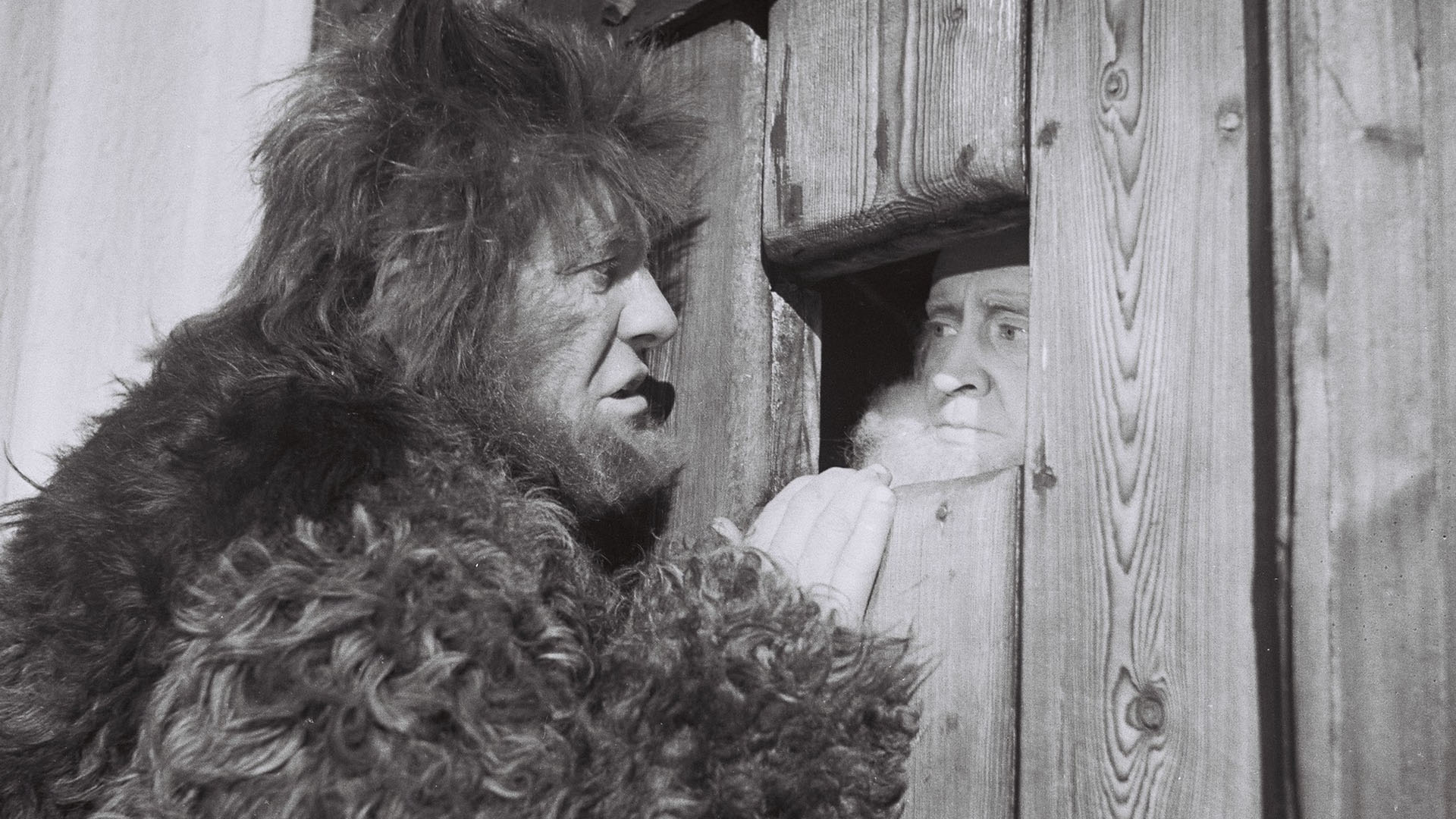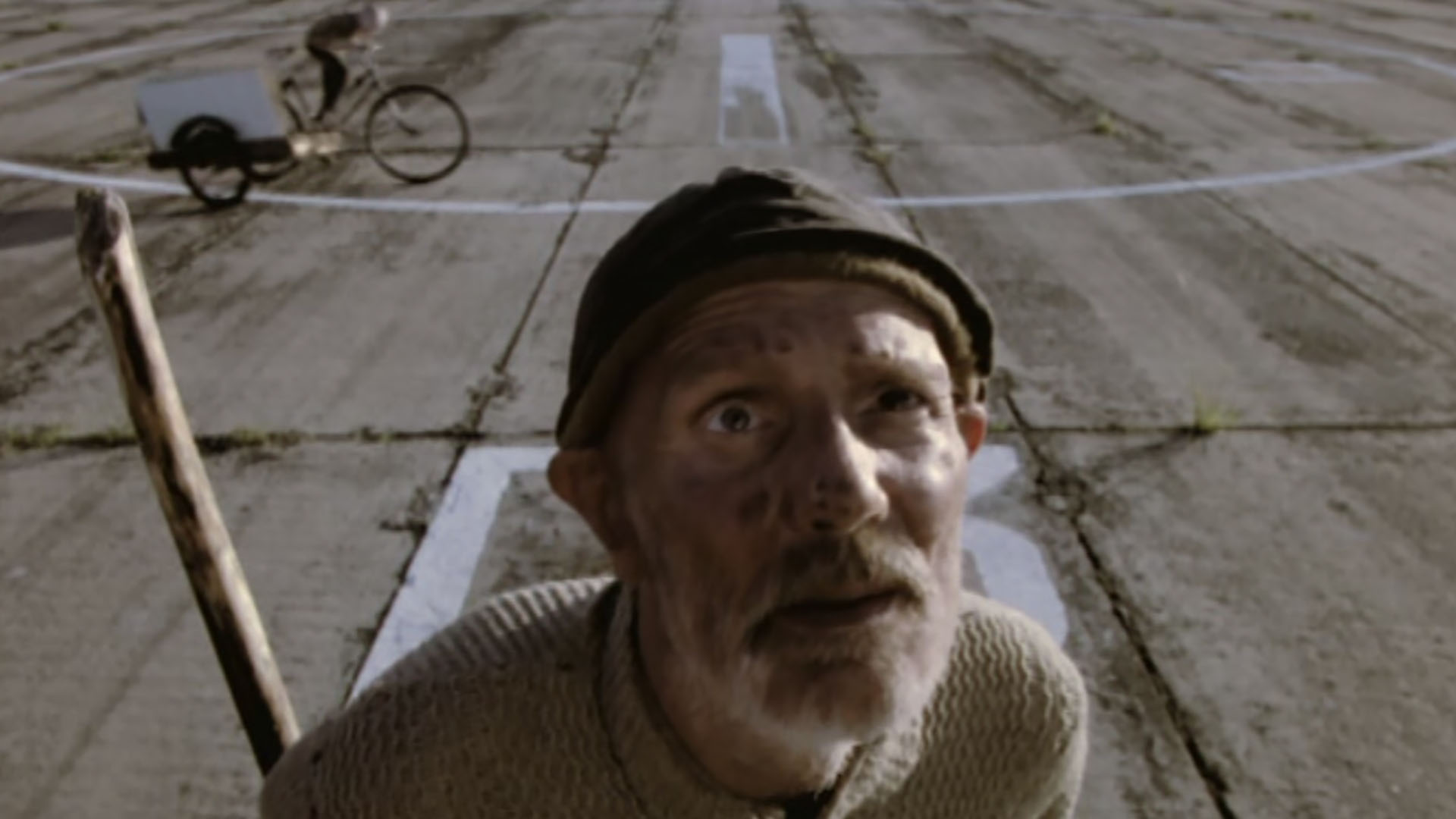
An interview with Tristan Priimägi before the presentation of his book '101 Estonian films'. For PÖFF, Tristan has curated a side programme of Estonian films, some of them never before shown for big audiences, the oldest one of them from the 1920’s.
When studying film semiotics, for a long time Tristan Priimägi was not interested in Estonian films at all. “I am part of the generation that idealized Western culture,” he explains when we meet in the office of Sirp, the cultural magazine he is the film critic for. “Everything that hailed from the West was golden to us. There was this understanding, that if you wanted artistic inspiration, behind the iron curtain is where you would find it.”
But, in a turn of events, it is Tristan Priimägi who will present a very own book about Estonian cinema today, on the 19th of November. ’101 Estonian films’ is part of a series of books, that are published around and in the aftermath of the 100th birthday of the Estonian republic. The book sheds a light on the history of Estonian cinema, recounts memorable behind the scene anecdotes, reveals long-hidden cinematic treasures and urges Estonians to get to know their own film industry beyond those few blockbusters and embrace it.
We sat down with Tristan for a chat, before his book presentation, which will take place this afternoon at 17.30 in record store Terminal, at Telliskivi 60/2. For PÖFF Tristan has curated a side programme of Estonian films, some of them never before shown for big audiences, the oldest one of them from the 1920’s. See the programme here.
“I think it started as a compensation mechanism, for all those years that I missed out on Estonian cinema. I then started working for the Estonian Film Institute, and it became my everyday job.
It was as with many new, exciting things; the more you get acquainted with it, the more invested you become and the more you want to see. I didn’t have a choice, but to devour, in a short time, all Estonian films I had yet to watch.”

Still from 'Colourful Dreams', 1974
“Definitely. You start to realize that all these films, made in Estonia, are part of a big ecosystem. All of them, in a way, are a commentary not only on society but on each other. The more films you see, the more layers you can discover in each one of them.
In the nineties, the quality of Estonian films was very weak. There was no government control at all. People were just trying things out, hoping to match Hollywood productions in style. I think in recent years, though, I can say that I rarely cringe at Estonian films anymore. The standard has become quite high.
When it comes to older Estonian films, it is important to look beyond the restrictions that the Soviet Union put on films and see the strong Estonian identity that filmmakers weaved into these films in spite of it. In these films, there is always the ‘competition between good and evil’, with both sides trying to push their message as much as they can, in the ways that they are able to.
Another important thing to remember when watching older Estonian films is; that what is not being said is as important as what is being said.”
“I’d say it is. You won’t find long, exhaustive dialogue in Estonian films or temperamentally emotional scenes. The Estonian is still a being of reserved emotion, of saying things without too many words.
Estonian films also often have a certain dark or sarcastic sense of humor. You have to remember that, while many other European countries have a Calvinist or protestant history, Estonian identity has its roots in paganism. That shows.”

Still from 'The Misadventures of the New Satan', 1964
“I like to entertain the idea of an Estonian Gothicism developing. With films like November, The Temptation of St. Tony, Lembri Uudu, and other short documentaries by Eeva Mägi, and The Man Slayer/The Virgin/The Shadow.
I believe these films can be an example of the direction that Estonian cinema can move in. But we should also be wary of not locking ourselves in a box, as the Fins have done. Since they developed a ‘Finnish film signature’, not much original has been released there. Room to experiment is essential.”
“I think this year, we profited from the coronavirus in a way. The festival has never shown as many Estonian films as this year.
Personally, I think it’s a missed chance that there is little focus on local films per usual. I believe a film festival can also fulfill the role of a breeding ground for local cinema and makers, to be a showcase of Estonian cinema to the outside world and motivate and educate young, Estonian makers on the other end.
Of course, you could argue there aren’t enough new Estonian films to show. Or that the quality doesn’t match the international productions yet. But you have to get the ball rolling from some corner.”
“To see Georgica on 35mm film is really a once in a lifetime opportunity. It’s the only copy of the film, which we got on a special permit from the author’s archive. Director Sulev Keedus and several of the crew members will be at the screening on Saturday the 21st at 14:15.
Another film I could recommend is the oldest one in the bunch, screening tonight (Thursday the 19th) at 19:00: Tscheka komissar Miroschtschenko from 1925. It’s an amazing, full length mute film, about Estonians who got a permit to move back to Estonia from Russia during the tsarist time. We follow their journey, which is marked by obstacles put out by the Soviet forces and, personal intrigues. The film’s strong anti-communist propaganda precedes the communist propaganda, which would mark the films in years to come.”

Still from 'Georgica', 1998